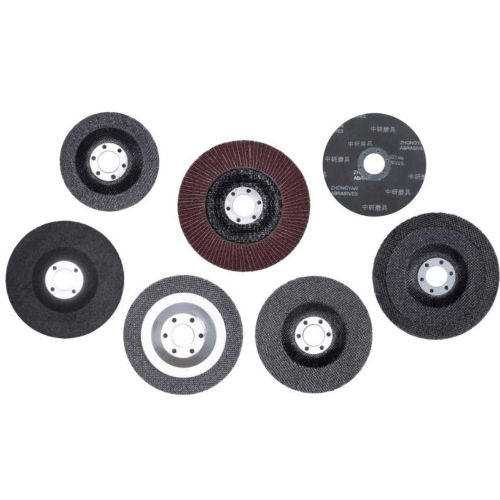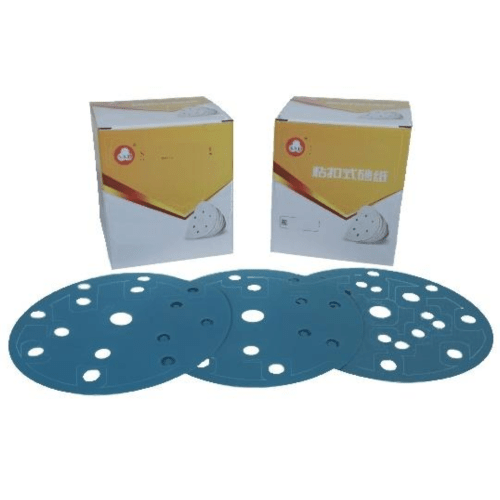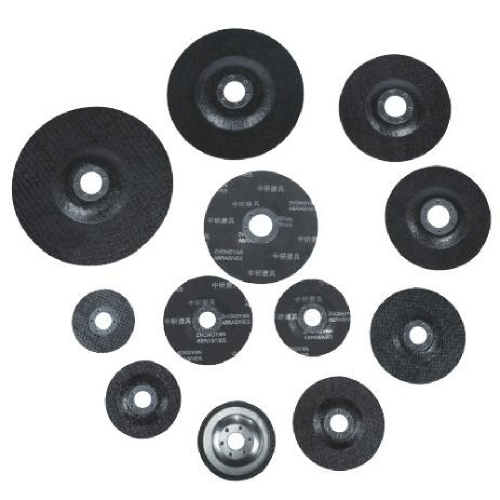rubber bond
A rubber bond represents a crucial advancement in industrial adhesion technology, serving as a specialized adhesive system designed to create strong, flexible connections between various materials. This innovative bonding solution combines the elasticity of rubber with powerful adhesive properties, making it ideal for applications requiring both strength and flexibility. The technology behind rubber bonds involves a unique chemical composition that allows for excellent adhesion while maintaining rubber-like properties such as elasticity, vibration absorption, and resistance to environmental factors. These bonds are engineered to withstand various stress conditions, including temperature fluctuations, moisture exposure, and mechanical forces. The application process typically involves surface preparation, precise application of the bonding agent, and controlled curing conditions to achieve optimal results. Rubber bonds find extensive use in automotive manufacturing, construction, electronics, and various industrial applications where traditional rigid adhesives may not be suitable. The technology has evolved to include different formulations optimized for specific materials and environmental conditions, making it a versatile solution for modern manufacturing and assembly processes.


